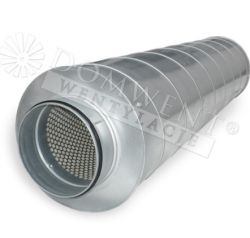Hello,
Could you tell us how to silence the ventilation ducts in which the air flows from the fans?
Ducts are a kind of horizontal fiberboard eaves, gray pvc pipes, white pvc channels, and the plastered walls in the corner of the room that make up the two walls of the channel (the other two sides are plastic panels.
Someone told me that it is worth lining the canals with felt, someone else - with foam or polystyrene. That's true?
Could you tell us how to silence the ventilation ducts in which the air flows from the fans?
Ducts are a kind of horizontal fiberboard eaves, gray pvc pipes, white pvc channels, and the plastered walls in the corner of the room that make up the two walls of the channel (the other two sides are plastic panels.
Someone told me that it is worth lining the canals with felt, someone else - with foam or polystyrene. That's true?



